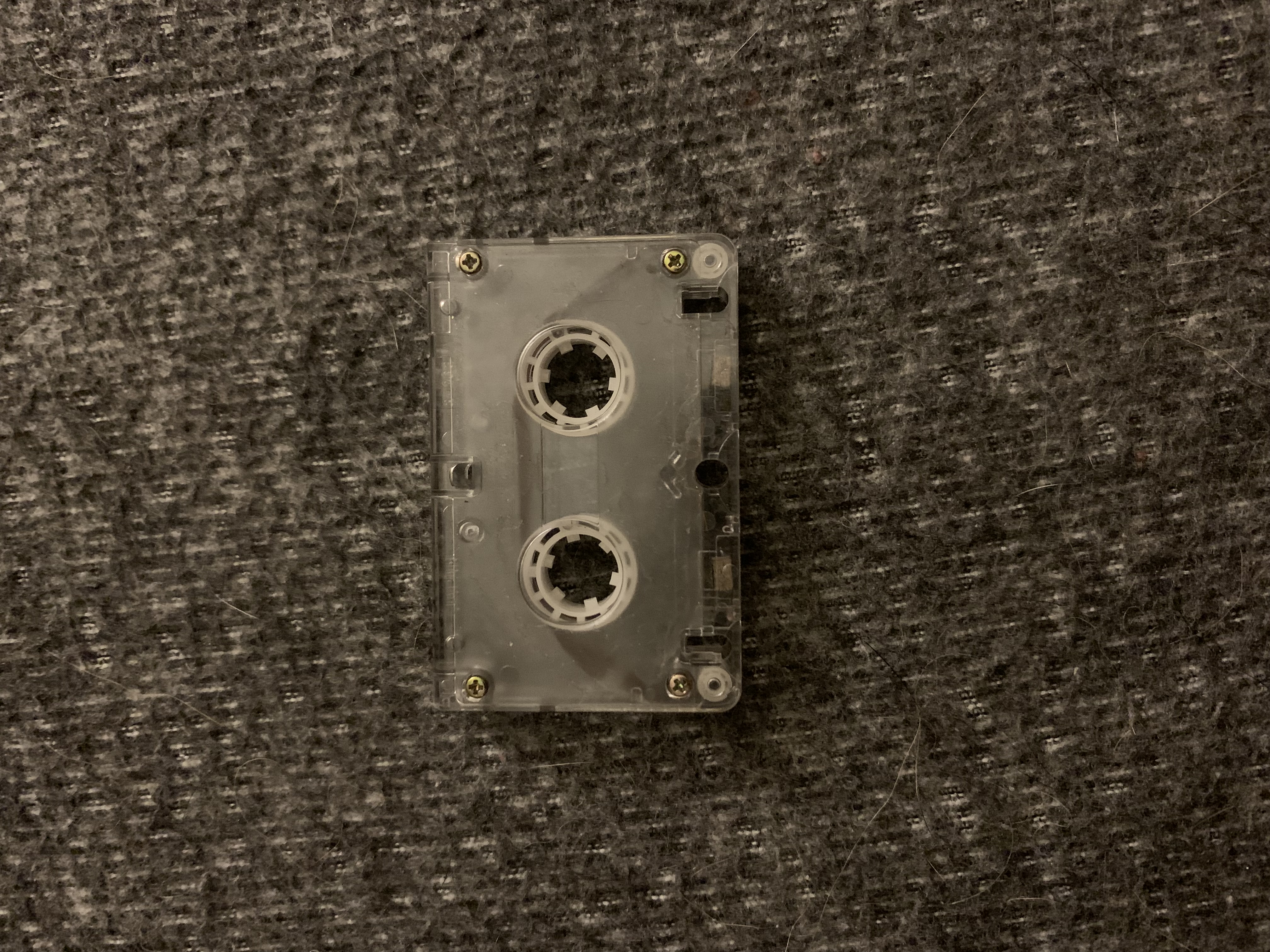The old sound is the new sound #
There’s nothing quite like the lofi sound of degraded tape. The wow and flutter caused by the mechanics of the machine, the imperfections created by a tape that’s been played for years.
Ambient and experimental music has trended toward the sound of tape for a long time. One specific trend I find very interesting is tape loops.
In a tape loop, a section of magnetic tape is cut and spliced end-to-end, creating a circle or loop which can be played continuously, usually on a reel-to-reel tape recorder, making the sound repeat endlessly.
I’ve purchased several great sounding cassette tape loops through Etsy. Although great, I find myself even more drawn to the microcassette’s limited frequency response. There are a lot sellers of cassette tape loops, but very few that sell microcassette loops.
It can’t be that difficult #
After some research I tried my hand at making my first microcassette tape loop.

Spoiler, it didn’t work, but it was fun trying.
I learned a few things #
First, because microcassette tapes have less space within the case, they’re much more sensitive to a bad splice. Using scotch tape for the splice is more likely to get caught on the inside of the case as it passes the wheels and tension points.
Second, the tension and slack of the loop is harder to get correct. Since the tape is no longer bound to the wheels, there has to be just enough tension to cause friction as the wheels turn, but not too much to cause excessive resistance on the motor.
Lastly, some microcassette tape recorders have an auto shutoff feature that detects when the wheels have stopped turning, then disengages the drive mechanism.
Based on that, and after finding a couple other posts that talk about the mechanics of making a successful microcassette tape loop, I’m ready to iterate on a second try.
I’ll make some recordings of the sounds I’ve been working on as soon as I have one working.